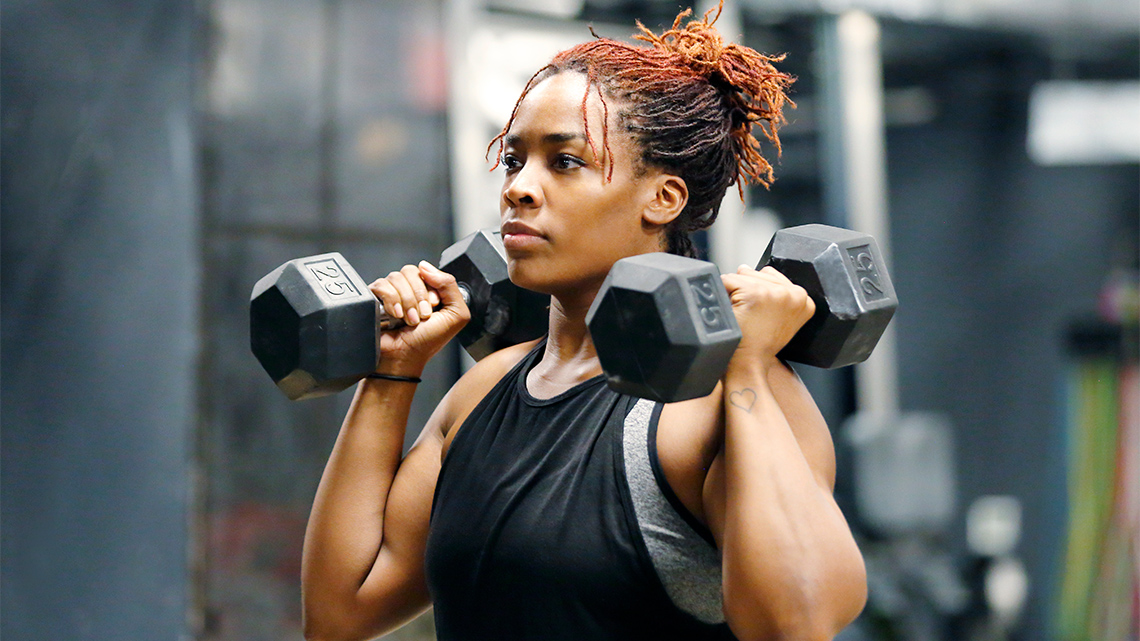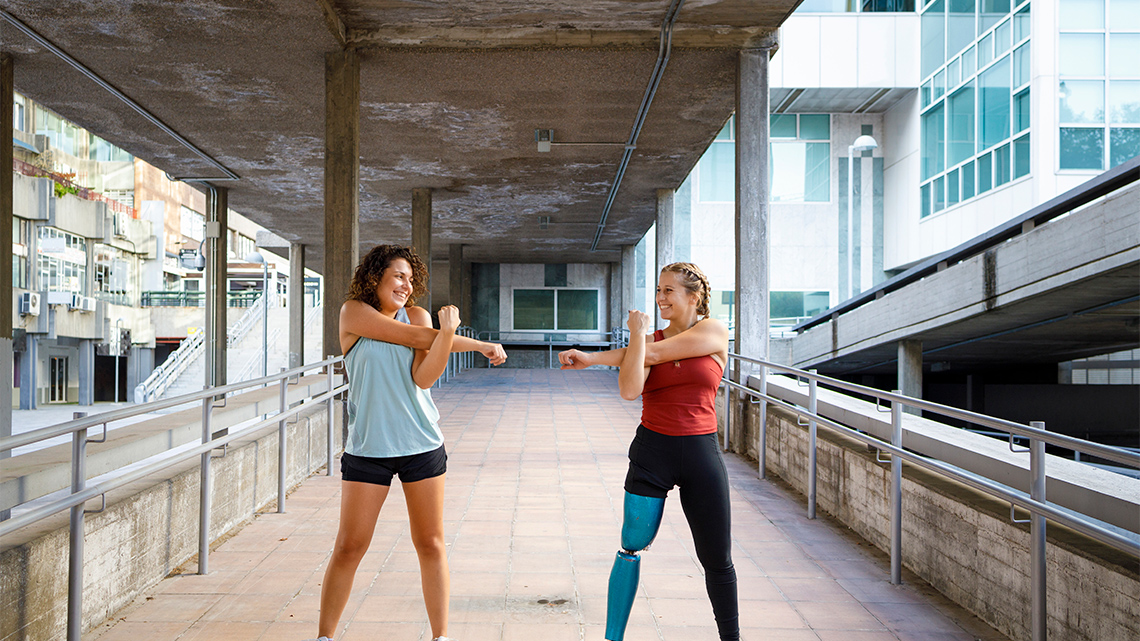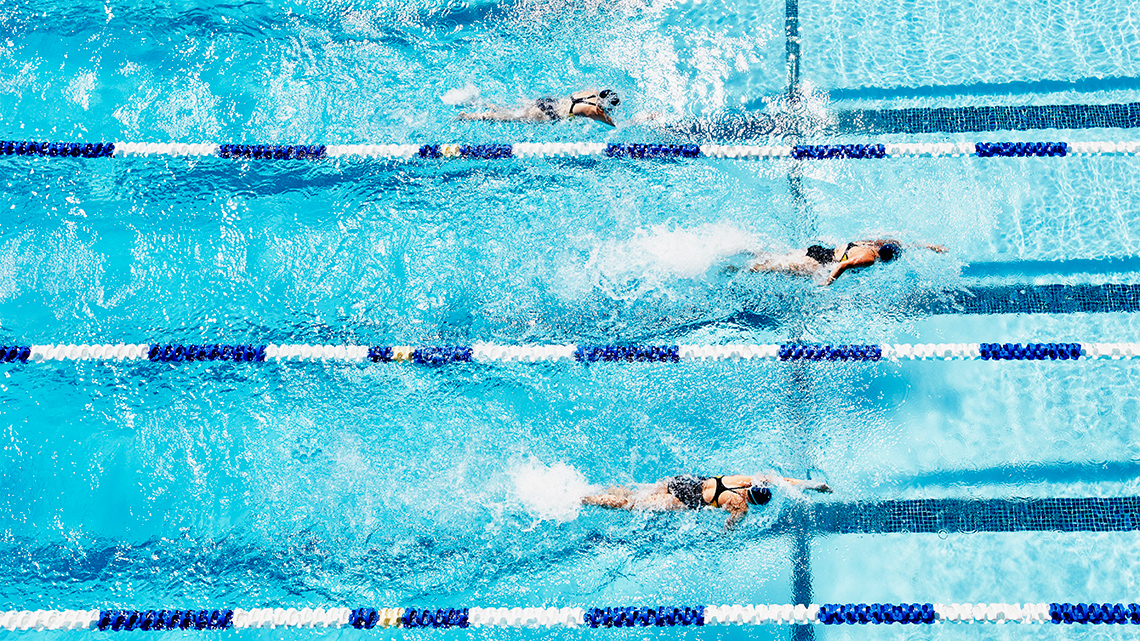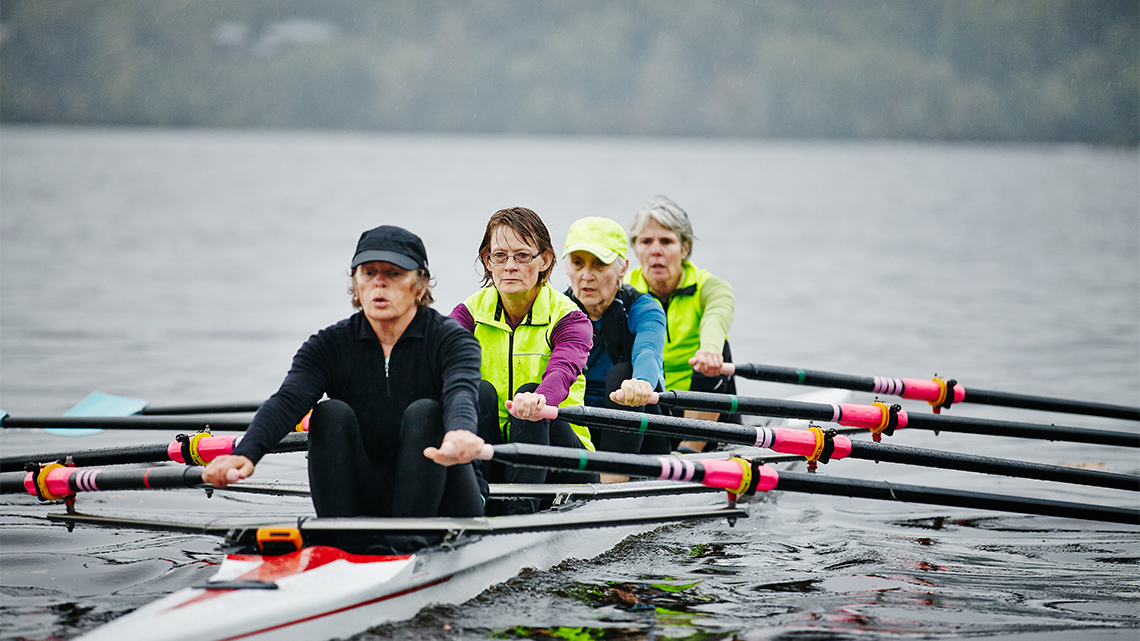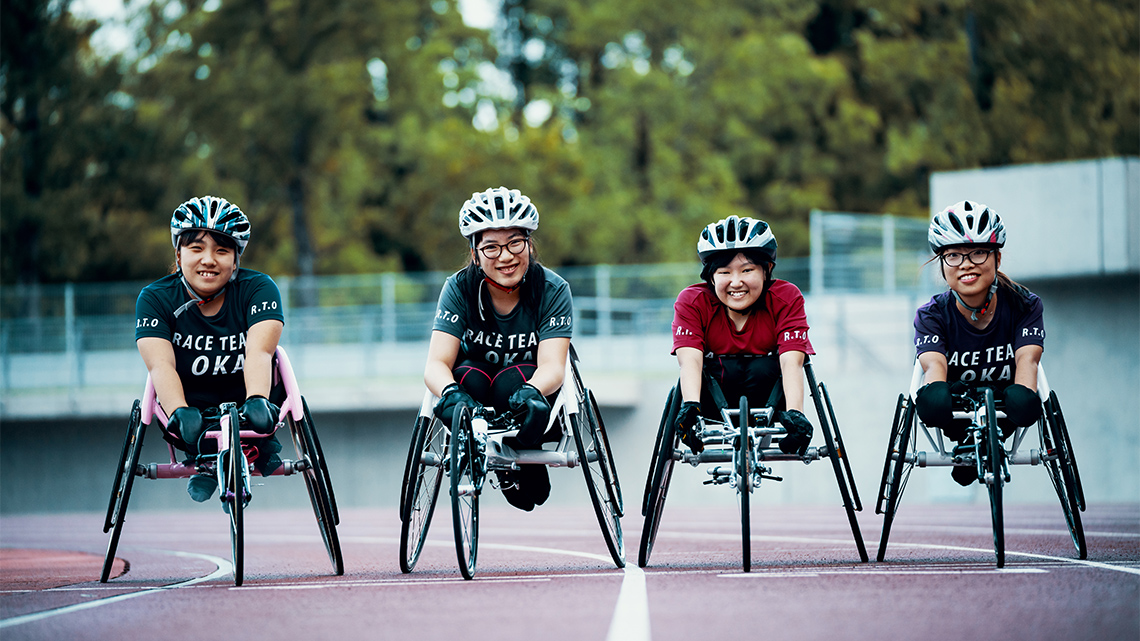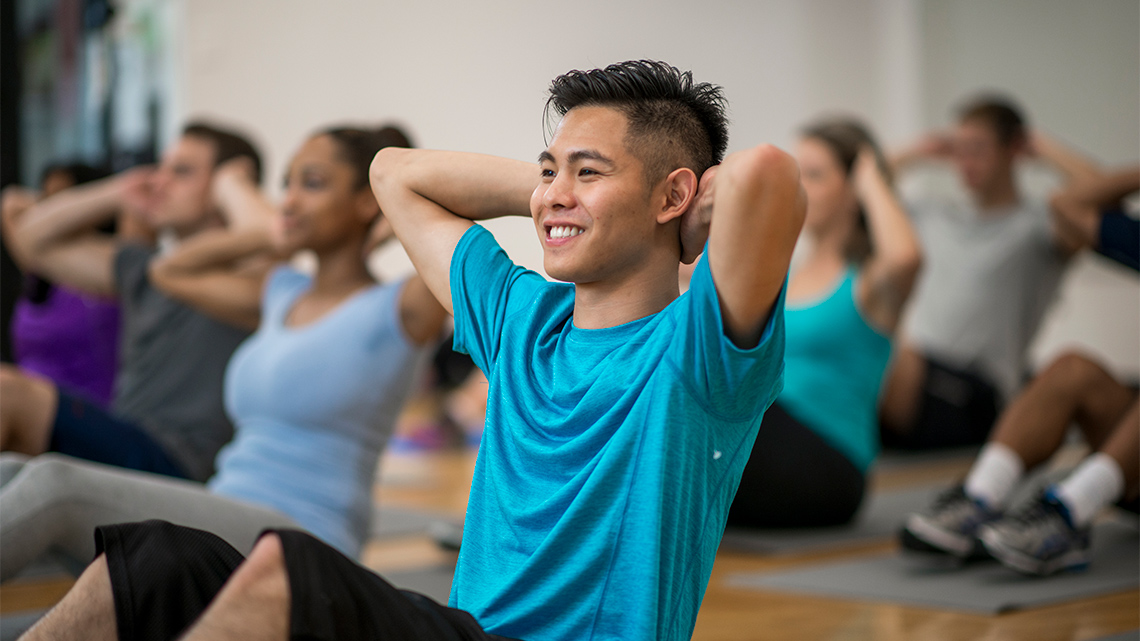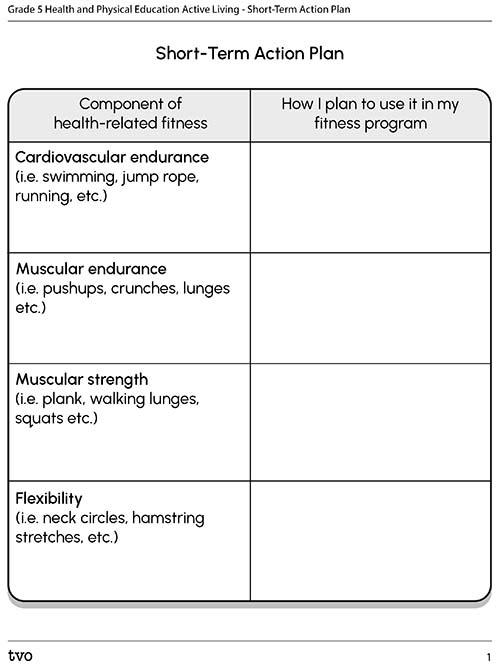Minds On
Let’s warm up!
Let’s start off with a fun warm up activity.
You will need 4 very small pieces of paper and a pencil or crayon to mark down letters.
On one small piece of paper mark down the letter “CE”.
On another small piece of paper mark down the letters “ME”.
On another small piece of paper mark down the letters “MS”.
On another small piece of paper mark down the letter “F”.
Crumple up the small pieces of paper and place them on a table. Next, randomly select one piece of paper. What letters did you pick?
Press the following tabs to access the warm up activity associated with your letters!
If you randomly select the “CE” piece of paper, then you will have to perform either 30 jumping jacks, seated toe taps, or 30 seconds worth of running on the spot.
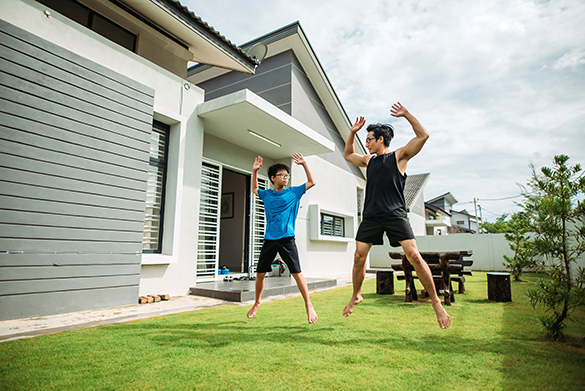
If you randomly select the “ME” piece of paper, then you will have to hold a plank for 30 seconds or hold your arms straight out to the side for 30 seconds, or hold a wall sit for 30 seconds.
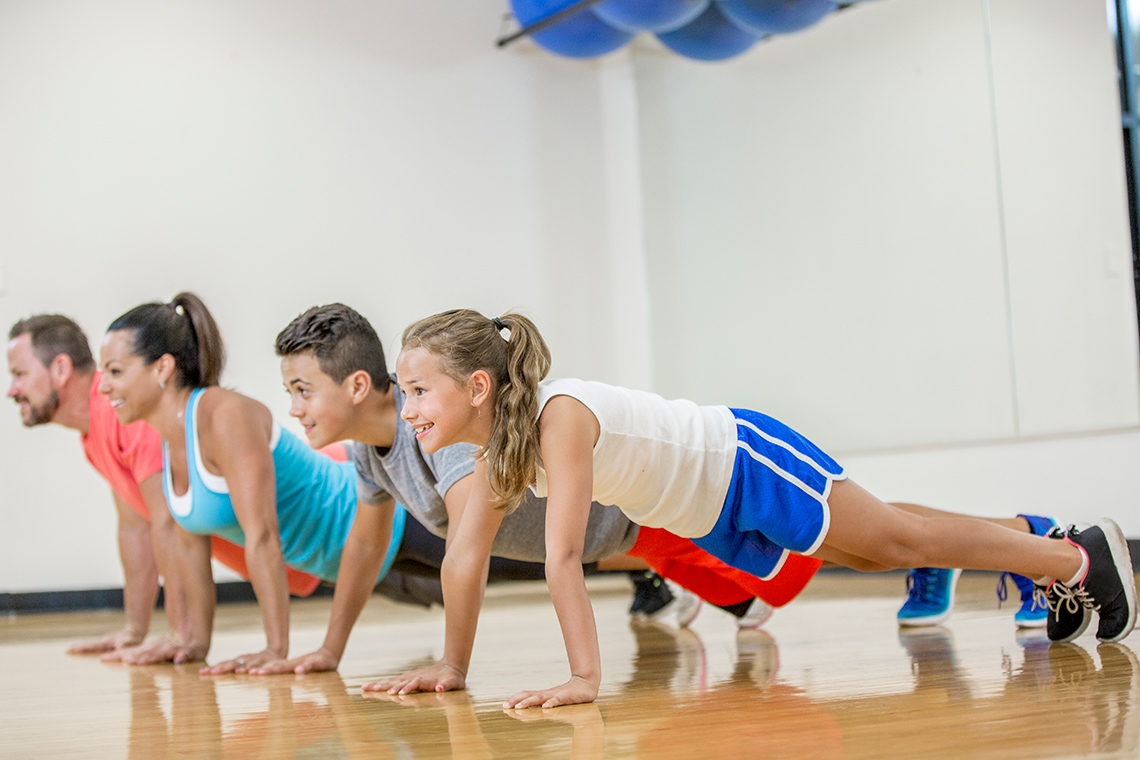
A plank position is started by laying on the floor with your elbows under your shoulders and your hands flat on the floor.
Use your core muscles in your torso and your back to keep your back straight and parallel to the floor.
Push on your hands until your arms are straight. Hold the position for as long as comfortably can.
To get out of the plank position, bend your arms and lower your body to the floor.
If you randomly select the “MS” piece of paper, then you will have to perform 10 push-ups, or 10 squats.
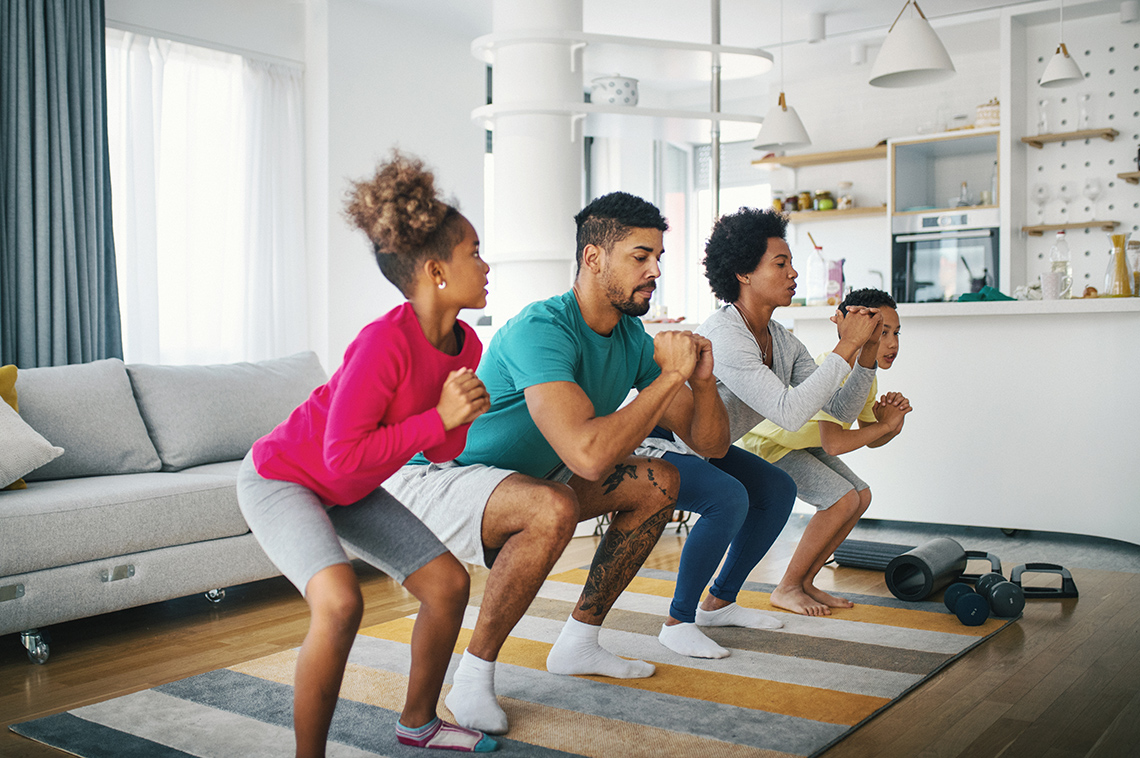
To perform a squat, start in a standing position with your feet firmly on the ground and shoulder-width apart.
Make sure your toes are pointing straight forward. Make sure your back and your neck are straight in a line.
Begin a squat by bending your knees and lowering your knees and your hips down towards the floor. Keep your knees over your toes. Make sure to stop before your knees move out beyond your toes.
Finish your squat by straightening your legs and returning to a standing position.
If you randomly select the “F” piece of paper, then you will have to hold a stretch of your choice for a count of 15 seconds.

Set a timer for five minutes. Once the timer expires, you will be finished your warmup.
Action
Four components of fitness
Now that we are all warmed up, let’s discover the four components of health-related fitness. You have already been introduced to them in our warm-up.
The four components of health-related fitness are:
cardiovascular endurance (the crumpled-up paper that said “CE”)
muscular endurance (the crumpled-up paper that said “ME”)
muscular strength (the crumpled-up paper that said “MS”)
flexibility (the crumpled-up paper that said “F”)
Press the following tabs to access definitions for each of the four components.
Cardiovascular endurance is the proper term, but you may recognize the term “cardio”. It means the same thing. Cardiovascular endurance is your heart’s and lung’s ability to get oxygen from the air and put in your blood, and to keep your body moving.
It is the ability of the heart, lungs and blood vessels to deliver oxygen to your body tissues and show how strong your heart and lungs are.
Examples of cardiovascular endurance are swimming, running, playing basketball, jump rope and lots of other aerobic activities. Cardiovascular endurance has many benefits as it allows you to be active throughout the day.
Muscular endurance is the ability to move your muscles repeatedly without getting tired.
Examples of muscular endurance are push-ups, crunches, etc. Muscular endurance is very important in sports such as swimming, and rowing.
Muscular strength is the ability of your muscles to perform one repetition of an exercise with a maximum force. Take for example a vertical jump. If you tried to jump as high as you could vertically and measured the height at which you jumped, that would tell us the muscular strength of your legs because it is the maximum amount of effort you can do one time.
Muscular strength is very important because it helps you lift things, avoid injuries and maintain good posture.
Flexibility is the ability of your joints to move freely. It is your body’s ability to flex and move the range of motion in your joints. Flexibility allows you to maintain healthy joints and prevents muscle injuries with playing sports and participating in activities.
Let’s explore the following six images of people engaged in physical activity. Which components of health-related fitness are being demonstrated in each activity? Please note that some activities can involve more than one component! Using a method of your choice, record your answer for each image. You can check your answers in the by pressing ‘Answers’.
Press ‘Answers’ to check out which physical activity belongs to which health-related fitness component.
Weight-lifting is muscular strength.
Stretching is flexibility.
Swimming is muscular endurance and cardiovascular endurance.
Rowing is muscular endurance and cardiovascular endurance.
Wheelchair racing is cardiovascular endurance.
Doing crunches is muscular endurance.
Consolidation
Using components in training
You would like to make an impact on your school’s grade 5 cross-country team, and decide you want to begin a training program.
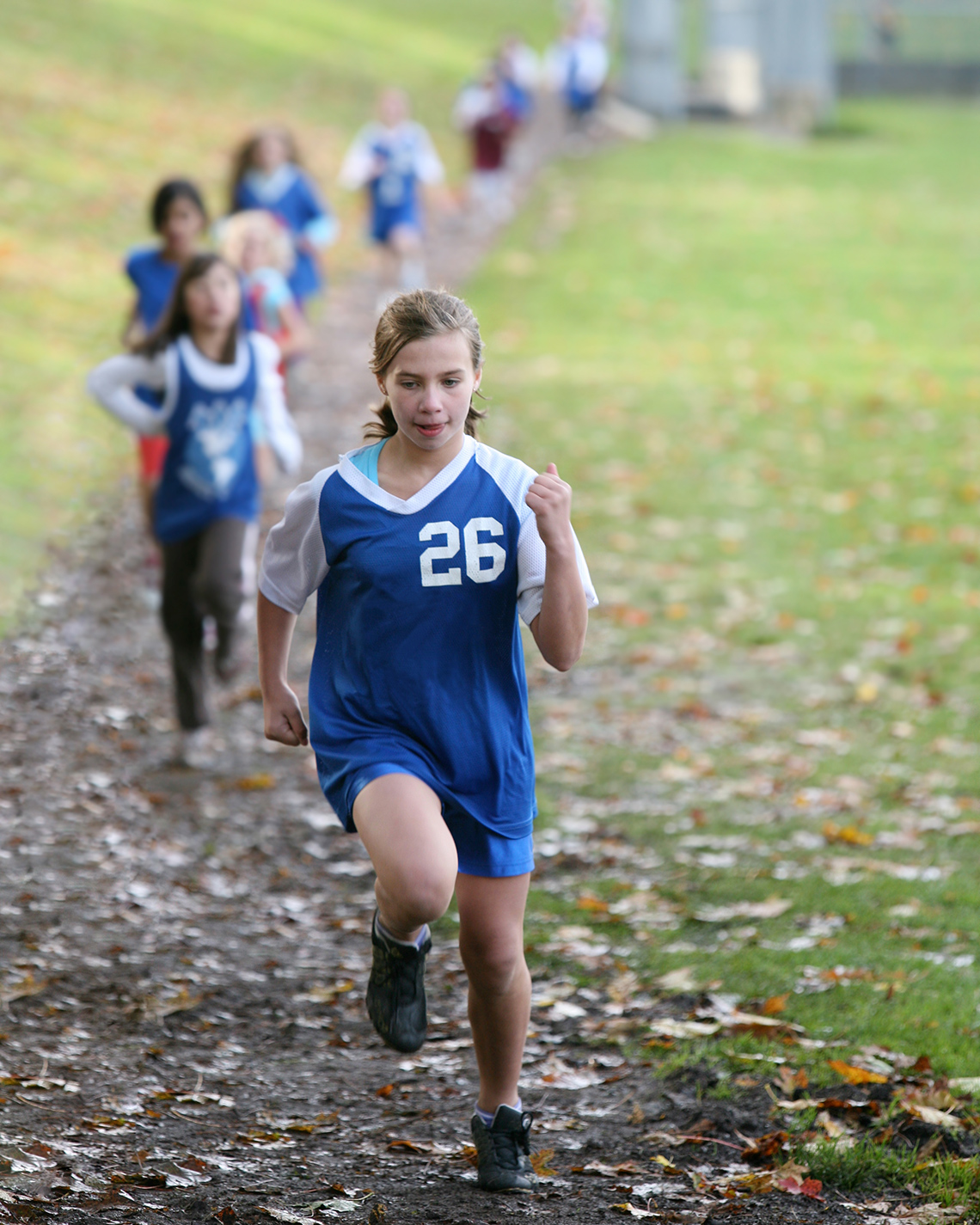
Consider the four components of health-related fitness and use this as your starting point. Provide a short-term action plan of how you will incorporate the four components of health-related fitness in your training program. You can use the following checklist to make sure you have included each component in your action plan.
Reflection
As you read through these descriptions, which sentence best describes how you are feeling about your understanding of this learning activity? Press the button that is beside this sentence.
I feel…
Now, record your ideas using a voice recorder, speech-to-text, or writing tool.
